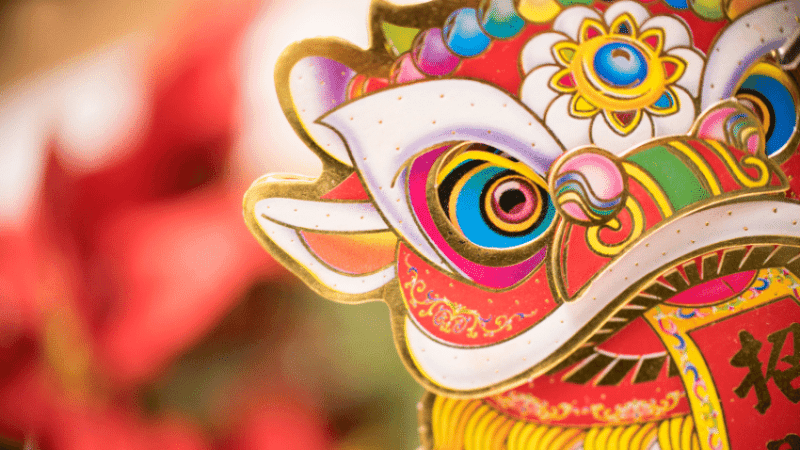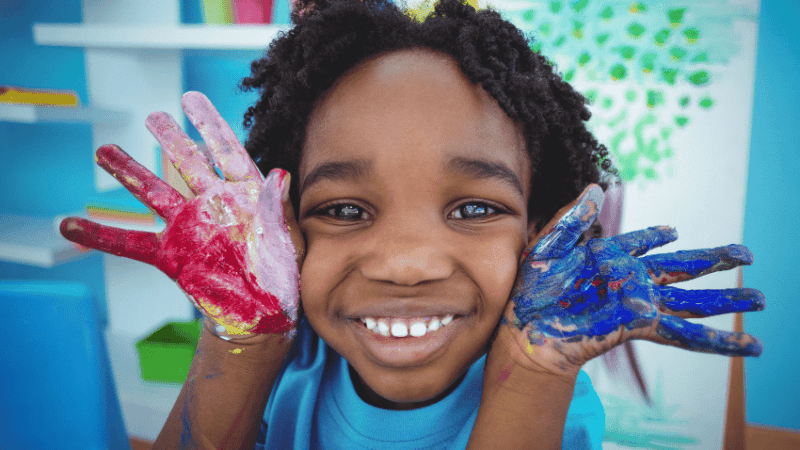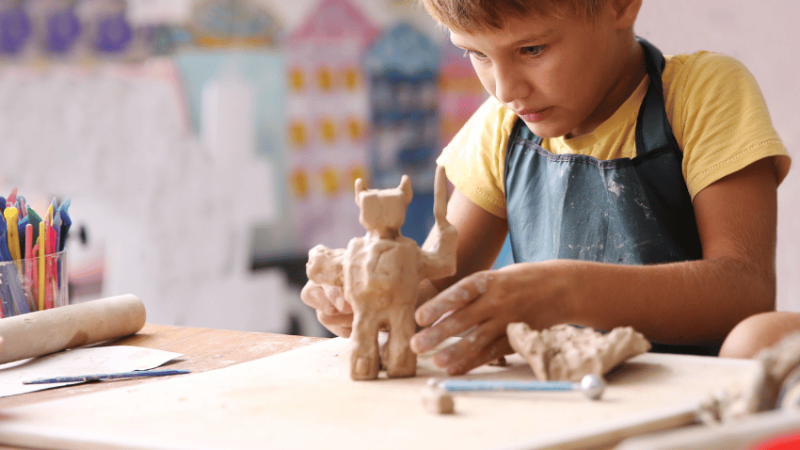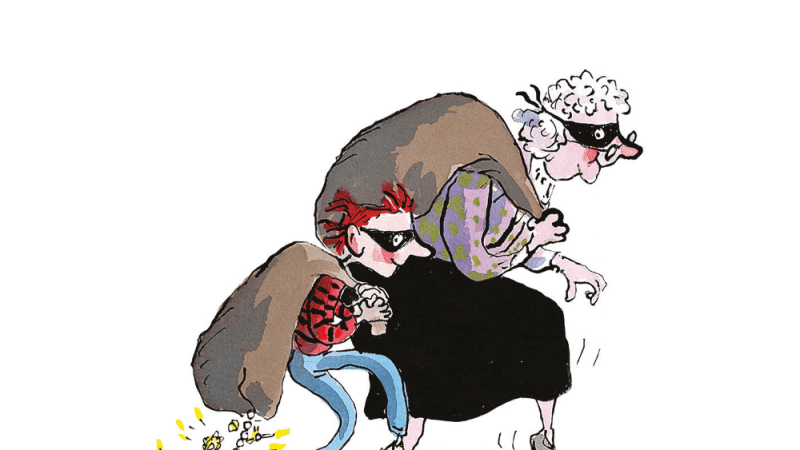Face-painting isn’t just great fun – It’s a fantastic learning experience too
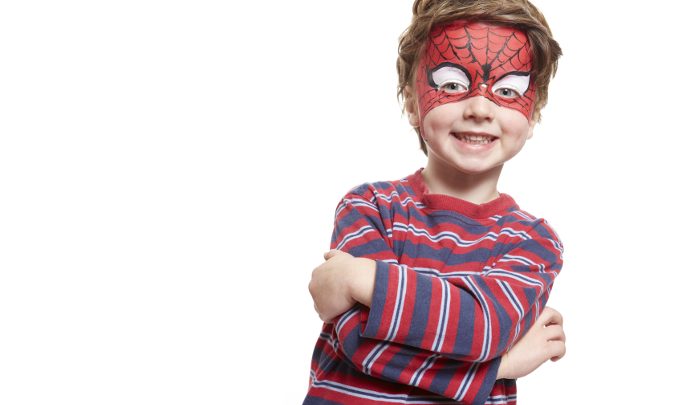
Breaking out the paints and transforming children into their choice of superhero or colourful creature provides a number of educational opportunities
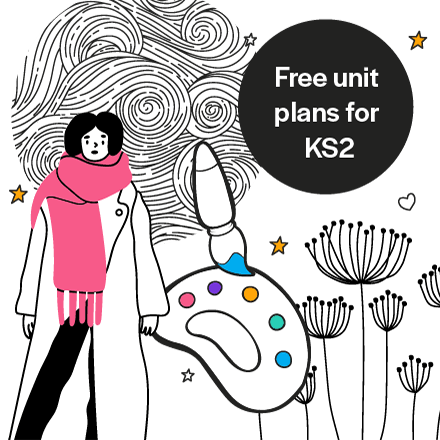
I remember once watching a face-painting stall at a local school fete, and noticing how busy and popular it was with most children.
Those in the queue were chatting excitedly with their parents and friends about what ‘face’ they wanted to have, and the relative merits of the different creatures and creations on offer. Their views varied from favouring beautiful butterflies to Spiderman, from wishing to be a dinosaur to a mouse.
I realised at the time the great potential there was for using face painting as a creative way of supporting and developing children’s learning opportunities within our preschool setting.
At the following staff meeting I raised the possibility of having a face-painting week in the nursery – no theme, no agenda, just children, face paint and our imaginations.
The idea was extremely well received and, after researching our options, we bought some hypoallergenic Snazaroo-branded paints in several colours, including white, to cover most of the ‘faces’ we thought children might choose.
These paints are relatively expensive to buy but worth every penny. They’re easy to apply with small soft sponges, a variety of brushes and water; the colours blend well, and the pots last for many ‘sessions’. There are other cheaper brands of paints on the market, often found at party or fancy dress shops, but they can cause severe reactions, don’t blend or apply so easily.
Finding inspiration
Our theme for the year was the alphabet and children had chosen different letters for each week, dressing up and decorating our play corner to match. Many children reflected on that when choosing their ideal ‘face’; others looked through books for ideas and online. (Nowadays you can learn to face paint on the internet, with templates and images galore to help.)
Everybody chose their favourite colours, and we got going, with Little Miss Sunshine, Mr Noisy, Spiderman and Dalmatians all proving very popular.
Learning opportunities
Transforming our faces enhanced play activities enormously, though five Dalmatians felt like 101 by the end of lunchtime! Our play corner became a jungle when some monkeys arrived with lions and leopards in close proximity, and even a snake slithered by at one point. When children asked for more stripes than their friend, or two less spots, it was the ideal opportunity to talk about the vocabulary of numbers.
Discussing the features that distinguish one creature from another helped in the children’s observational skills and it didn’t take long before it was spotted that one puppy playing on the floor was missing a nose and whiskers!
Children were encouraged to design their own masks using templates for us to copy while talking about shades and the blending of colours. We discussed symmetry, especially when someone asked to become a Red Admiral butterfly. This had a huge impact on their imaginations and sent one or two off to look for symmetry around the nursery, as well as on other animals and each other’s faces.
Children who attended nursery every day learnt to paint their key workers’ and friends’ faces (with adult supervision) and the results were not as messy or unrecognisable as we first thought they might be. They concentrated incredibly hard, painting very steadily and carefully.
Playing it safe
I should stress before I finish that safety issues are important – be wary when applying paint around the eyes, especially if you’re allowing children to paint themselves; ensure your sponges and brushes are washed after each ‘face’; and be aware of any broken skin, infections or any allergies before starting. Parental permission will be needed too!
One staff member and a child at our setting, both allergic to even the best-known hypoallergenic face paint, enjoyed masks being painted while wearing them. Papier mache masks are now available very reasonably and would be more realistic than our paper plate masks.
Wendy Bowkett is an author and ran her own private day nursery for 15 years. Browse ideas for Children’s Art Week.






